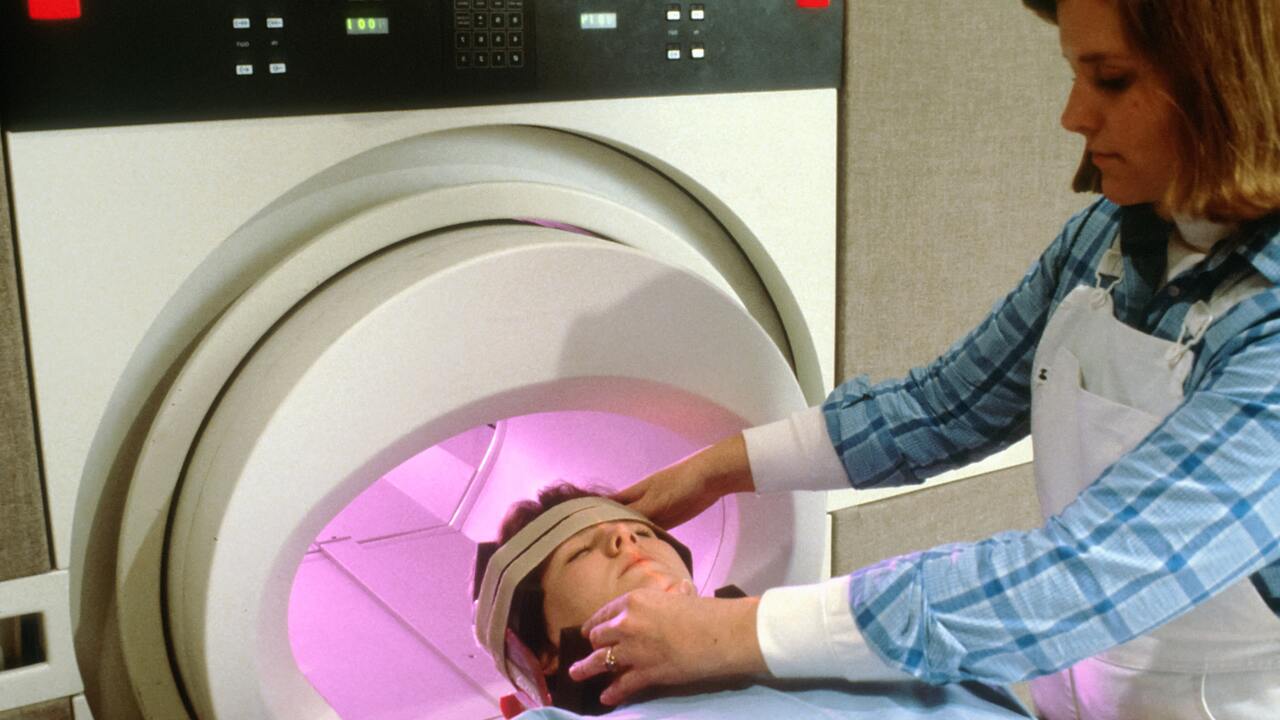Photoacoustic microscopy (PAM), an alternative imaging technique, uses pulses of laser light aimed at an organ. The pulses cause an ultrasonic wave that is captured to form an image.
PAM can use laser light of different wavelengths to target specific structures in the body down to the molecular level. This means that PAM can measure, for example, blood oxygen saturation, blood flow and oxygen metabolism rate.
The downside of PAM is that scanning is slow. However, this problem was solved by the researchers with the development of ultrafast functional photoacoustic microscopy (UFF-PAM), which is twice as fast as existing PAM systems.
Currently, UFF-PAM is only used in animals, but scientists have announced plans to develop a portable UFF-PAM for use in humans.
News cannot be equated with a doctor’s prescription. Consult an expert before making a decision.
Source: Ferra
I am a professional journalist and content creator with extensive experience writing for news websites. I currently work as an author at Gadget Onus, where I specialize in covering hot news topics. My written pieces have been published on some of the biggest media outlets around the world, including The Guardian and BBC News.










